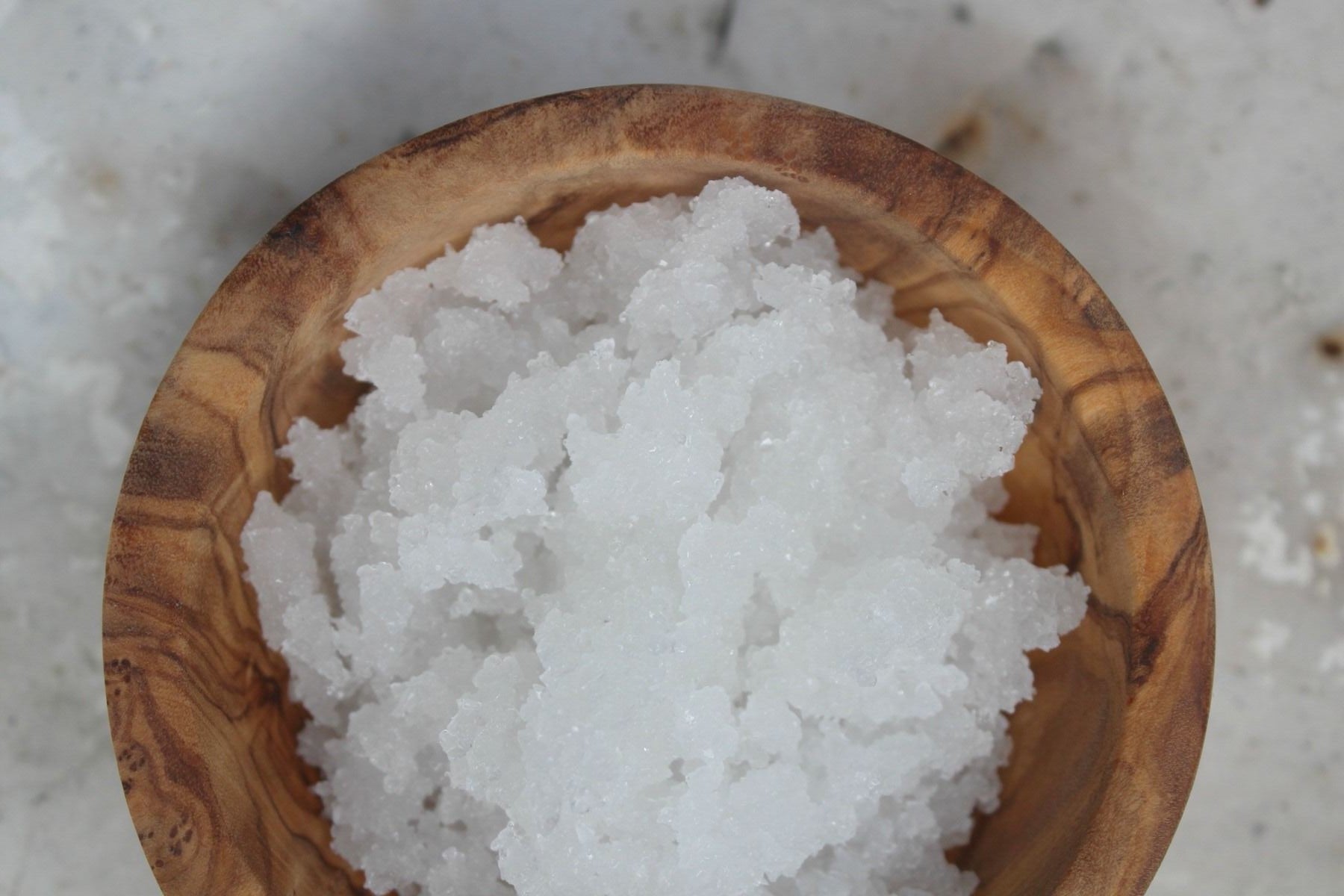
The Hidden Danger of Vaping & How to Heal Naturally
Master Naturopath, Clinical Herbalist, Iridologist and Best-Selling Author
Once marketed as the “safer” alternative to cigarettes, vaping has now proven to be anything but safe. E-cigarettes and vape pens may seem like a cleaner option than traditional tobacco; however, don’t be fooled by the cute packaging and delicious aromas, as mounting research is uncovering the hidden toxins and the long-term risks linked to their use. If you or someone you love is vaping and you want them to kick this habit, it helps to understand the dangers involved and the natural ways to support the body to heal after quitting.
To understand what a scary phenomenon this is, it helps to know how popular this habit has become. As of 2023, more than 1.7 million Australian adults were vaping. In 2022-2023, about 21% of individuals aged 18 to 24 reported currently using e-cigarettes, a big increase from 5.3% in 2019. Similarly, among those aged 14 to 17, current usage rose from 1.8% in 2019 to 9.7% in 2022-2023.
What’s Really in That Vape?
Despite the sleek packaging and fruity flavours, vape aerosols are far from pure. Sure, they smell like bubble gum – but don’t be fooled by the delicious aroma, as every puff is purely a ‘chemical cocktail’ you would never willingly inhale. What’s inside goes far beyond just “nicotine and simple flavour’ – it’s a dirty mix of dangerous chemicals that have the potential to cause long-term harm.
⚠️ There are often over 53 Chemicals Found in Vapes including:
- Propylene glycol and vegetable glycerin: When this base liquid is heated it forms carcinogenic compounds like formaldehyde and acetaldehyde
- Nicotine: Highly addictive and especially damaging to teenage brains. It’s a great way to increase blood pressure and strain the heart.
- Flavoring chemicals (like diacetyl): Linked to bronchiolitis obliterans (aka “popcorn lung”) - a serious lung disease.
- Heavy metals: Such as lead, cadmium, nickel, chromium, and arsenic — often leached from the heating coils and inhaled directly into the lungs.
- Volatile organic compounds (VOCs): These include known carcinogens and lung irritants that can pose a potential carcinogenic risk.
These substances can cause oxidative stress damage, inflammation, immune suppression, and even DNA damage all laying the groundwork for chronic diseases like asthma, COPD, cardiovascular problems, and cancer.
Health Risks of Vaping
- Respiratory damage: Inflammation, lung scarring and reduced lung capacity- another common risk of a condition called 'popcorn lung', which I have explained in more detail below
- Cardiovascular stress: Raised blood pressure, heart rate irregularities and increased clotting risk
- Neurological effect: Anxiety, sleep disturbances, anger problems, mood swings, and in teens, altered brain development
- Immune suppression: Greater vulnerability to infections and slower healing and increased risk of cancer
- Hormonal disruption: Heavy metals and VOCs can disrupt endocrine function, impacting reproductive and thyroid health
- Metabolism problems: While you vape, you may lose weight as nicotine increases resting metabolic rate (RMR) via the nervous system, suppressing the appetite. This creates a rebound effect later, by raising cortisol and encouraging the body to retain excess weight when you stop.

What is Popcorn Lung
Popcorn lung is the nickname for a rare but serious condition called bronchiolitis obliterans. It happens when the tiny airways in your lungs (bronchioles) become inflamed and scarred, making it hard for air to move in and out. Over time, this scarring can cause permanent damage, leading to chronic coughing, wheezing, and shortness of breath — even when you're at rest.
The name “popcorn lung” came from workers in a popcorn factory who developed the disease after breathing in a chemical called diacetyl — which was used to create that buttery popcorn flavor. Sadly, this same chemical has been found in many e-cigarette and vape flavors, especially the sweet and dessert-style ones.
When you inhale diacetyl or other harmful chemicals in vape liquids, they can irritate and damage the lung tissue, especially the small airways. Unlike other parts of the body, lungs don’t regenerate easily, so once the tissue is scarred, the damage may be long-lasting or even permanent.
Natural Strategies to Quit and Heal from Vaping
Quitting vaping is the first essential step — but restoring balance to the body is just as important. Here are powerful natural allies to help you break the addiction and repair the damage:
🍄 Medicinal Mushrooms
- Reishi: Strengthens the lungs, supports adrenal function, reduces anxiety, and enhances sleep - Perfect for withdrawal support.
- Cordyceps: Increases oxygen uptake, improves respiratory performance, and rejuvenates lung tissue.
- Chaga: High in antioxidants; combats inflammation and oxidative stress caused by toxic chemicals.
🌿 Healing Herbs
- Mullein: A traditional lung tonic that soothes inflamed respiratory tissues, helps clear mucus, and supports repair of damaged cilia.
- Licorice root: Calms throat irritation, reduces inflammation, and supports adrenal health — caution with high blood pressure.
- Lobelia: Contains lobeline, which mimics nicotine to reduce cravings and ease withdrawal.
- Peppermint & thyme: Antimicrobial and decongestant herbs that support lung and sinus cleansing.
💊 Key Nutrients & Supplements
- Vitamin C: Helps detoxify toxins, supports immunity, and combats oxidative stress.
- Vitamin E: Protects lung tissue from free radical damage — but should come from food or mixed tocopherols, not synthetic vape additives.
- N-acetylcysteine (NAC): A precursor to glutathione — the body’s master detoxifier — known to loosen mucus and support lung healing.
- Magnesium: Calms the nervous system, reduces muscle tension, and supports cardiovascular repair.
- B-complex vitamins: Restore nervous system balance, improve energy, and ease stress associated with quitting
- Tyrosine – Helps to stop cravings and addiction for nicotine
Additional Healing Practices
- Deep breathing exercises & breathwork: Expand lung capacity and retrain healthy breathing patterns.
- Steam inhalations with eucalyptus or rosemary: Open airways and disinfect respiratory passages.
- Near Far Infrared saunas: Supports detoxification through the skin.
- Clean hydration: Filtered water helps flush toxins and restore cellular function.
Final Thoughts: Your Body Wants to Heal
Quitting vaping isn’t just a break from a habit — it’s an act of self-restoration. Your lungs, heart, brain, and entire system are incredibly resilient and capable of healing when given the right tools. Nature offers an abundance of support — from adaptogens to antioxidants — to help you recover your vitality and breathe freely again.
My Fav Wholistic House Picks
Liposomal Vitamin C
In love, health and happy breathing,




Leave a comment
This site is protected by hCaptcha and the hCaptcha Privacy Policy and Terms of Service apply.